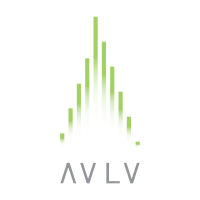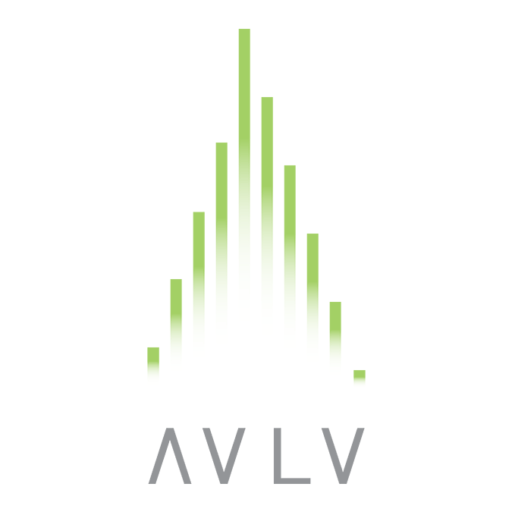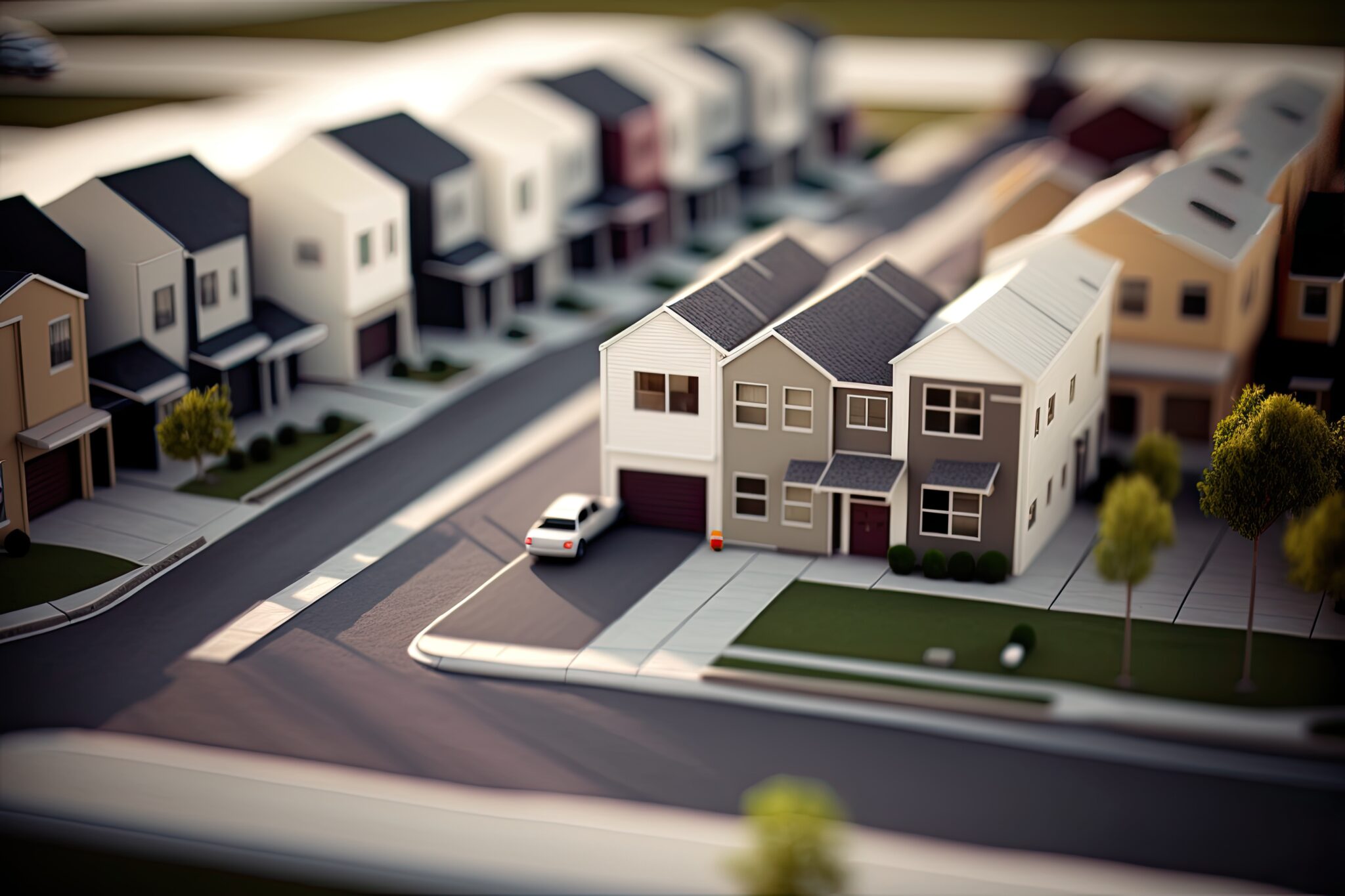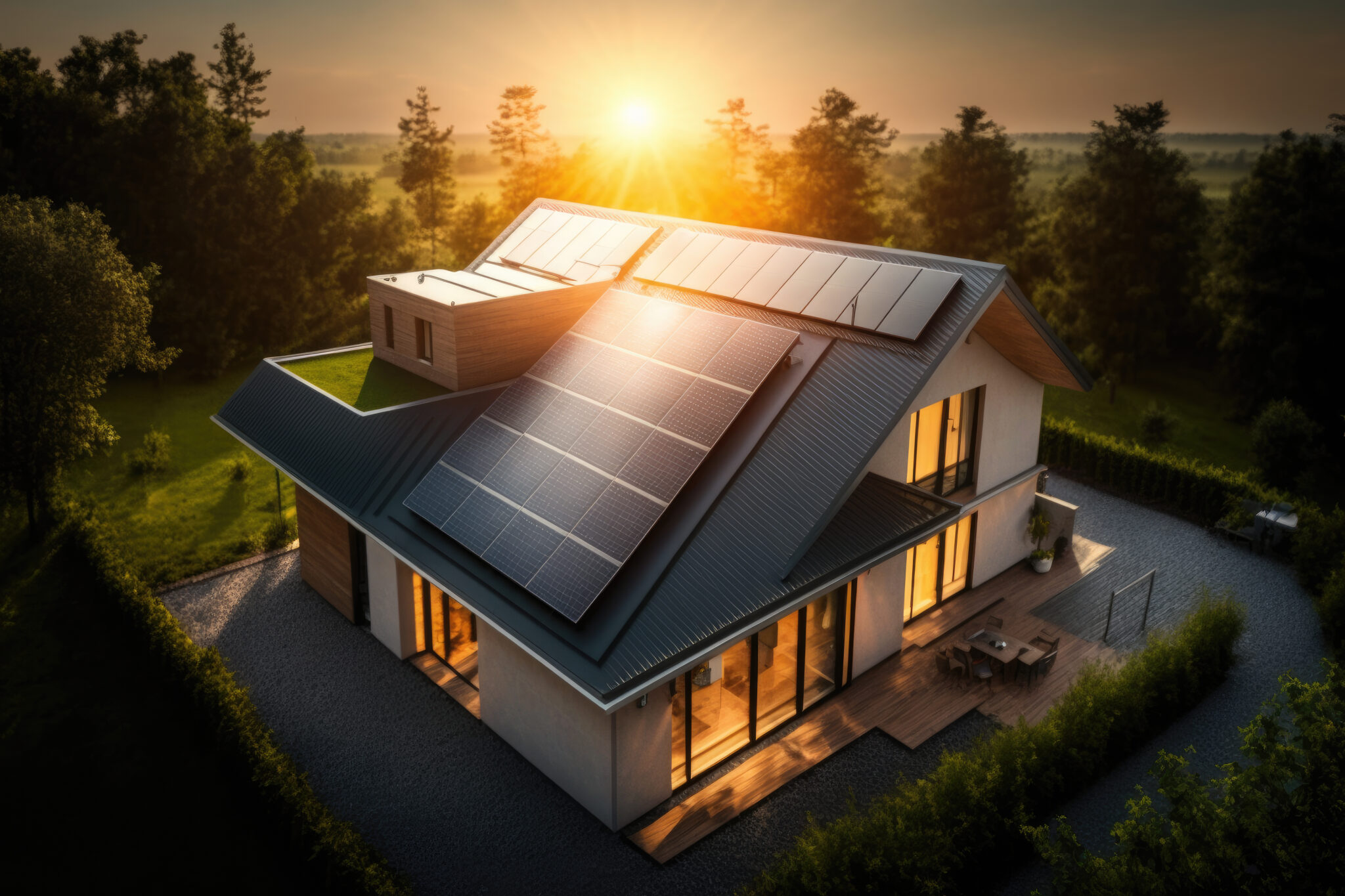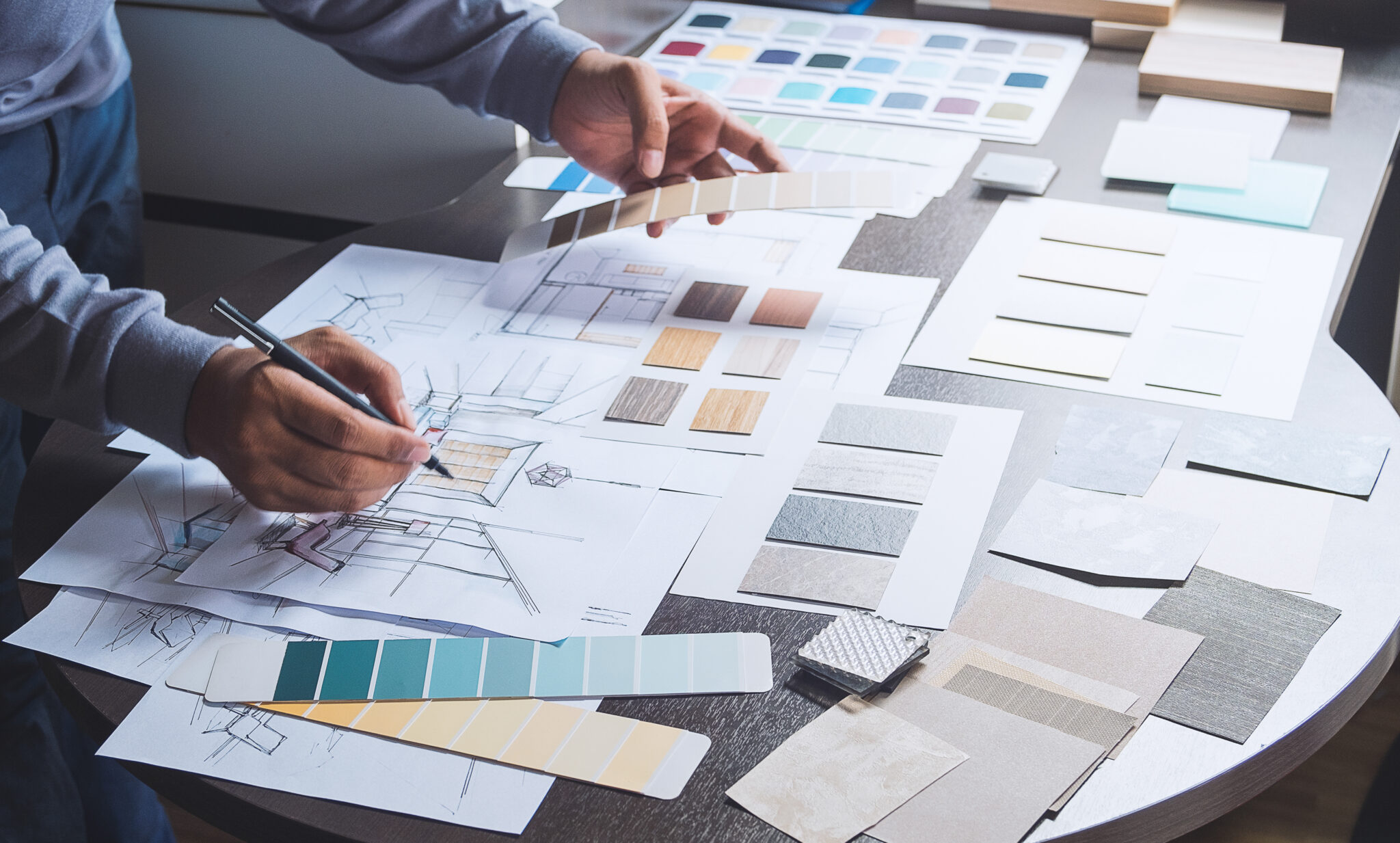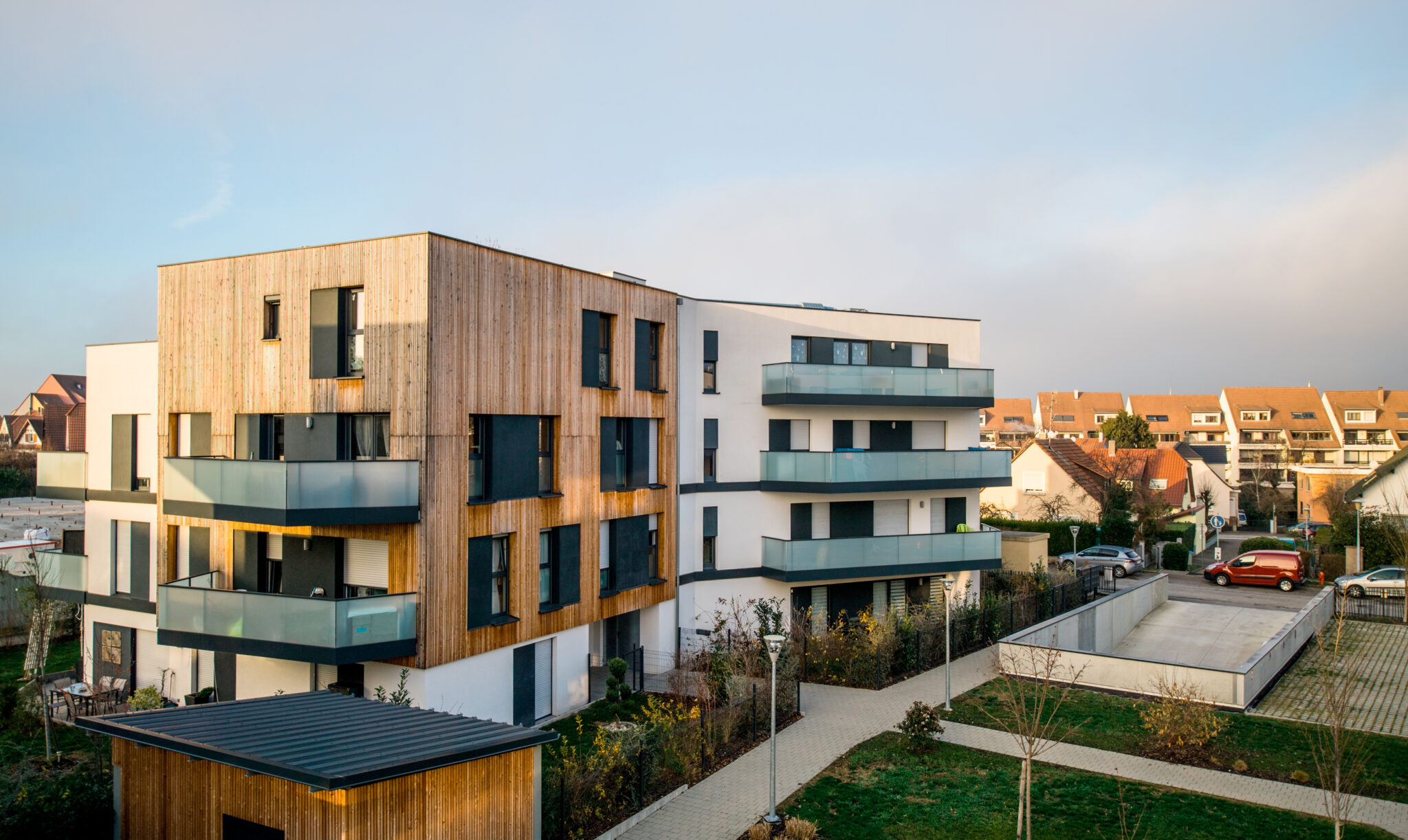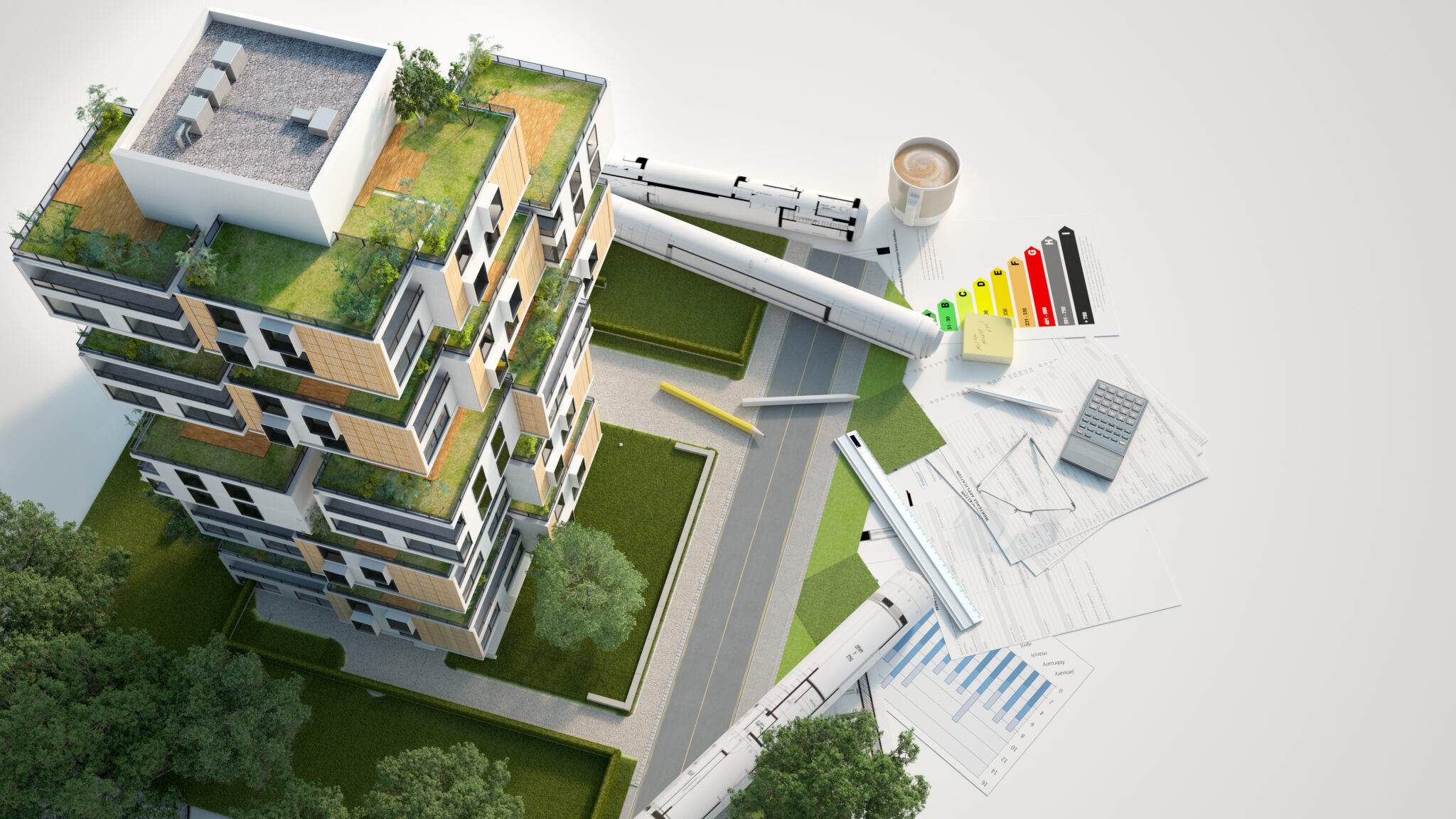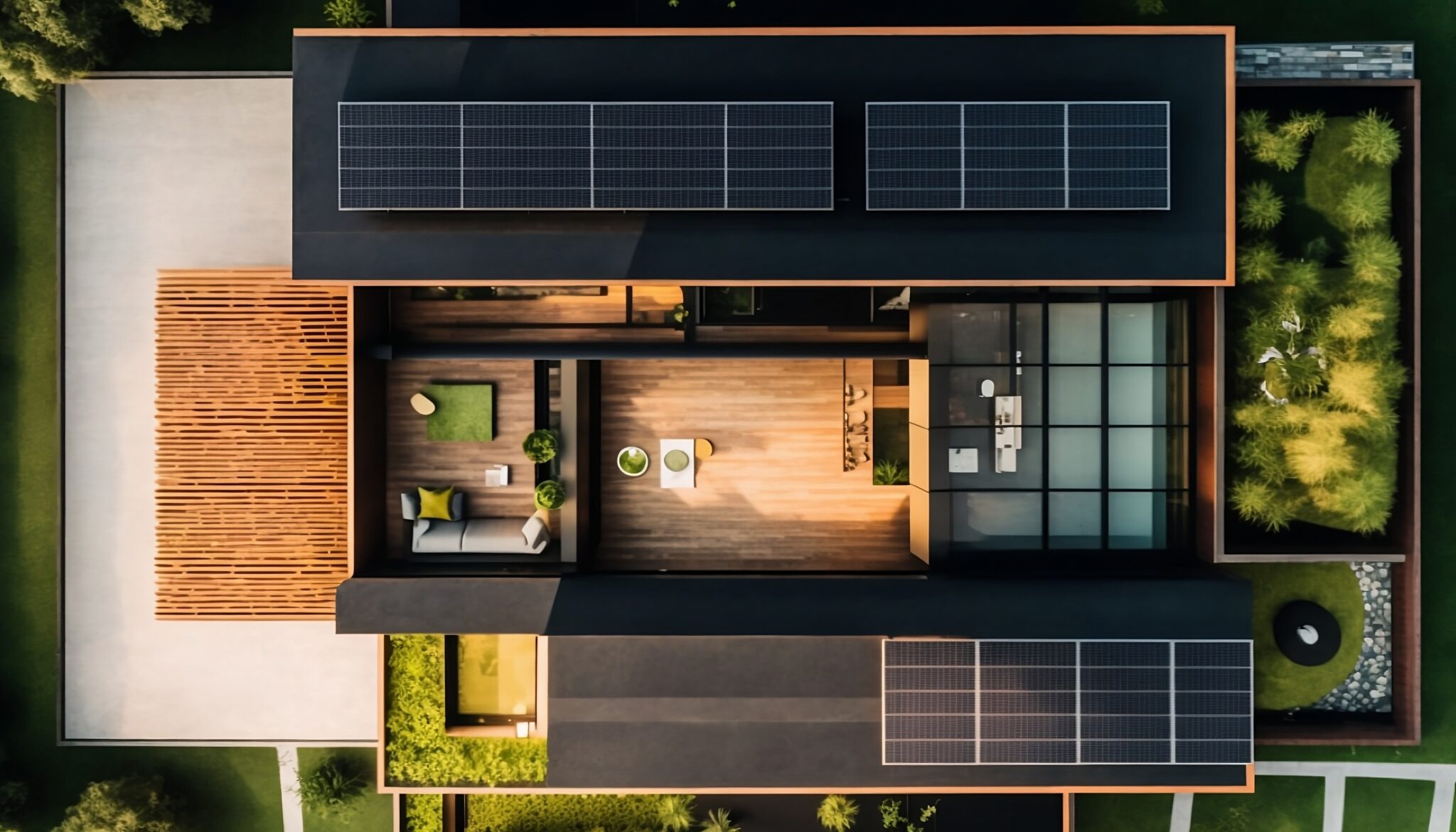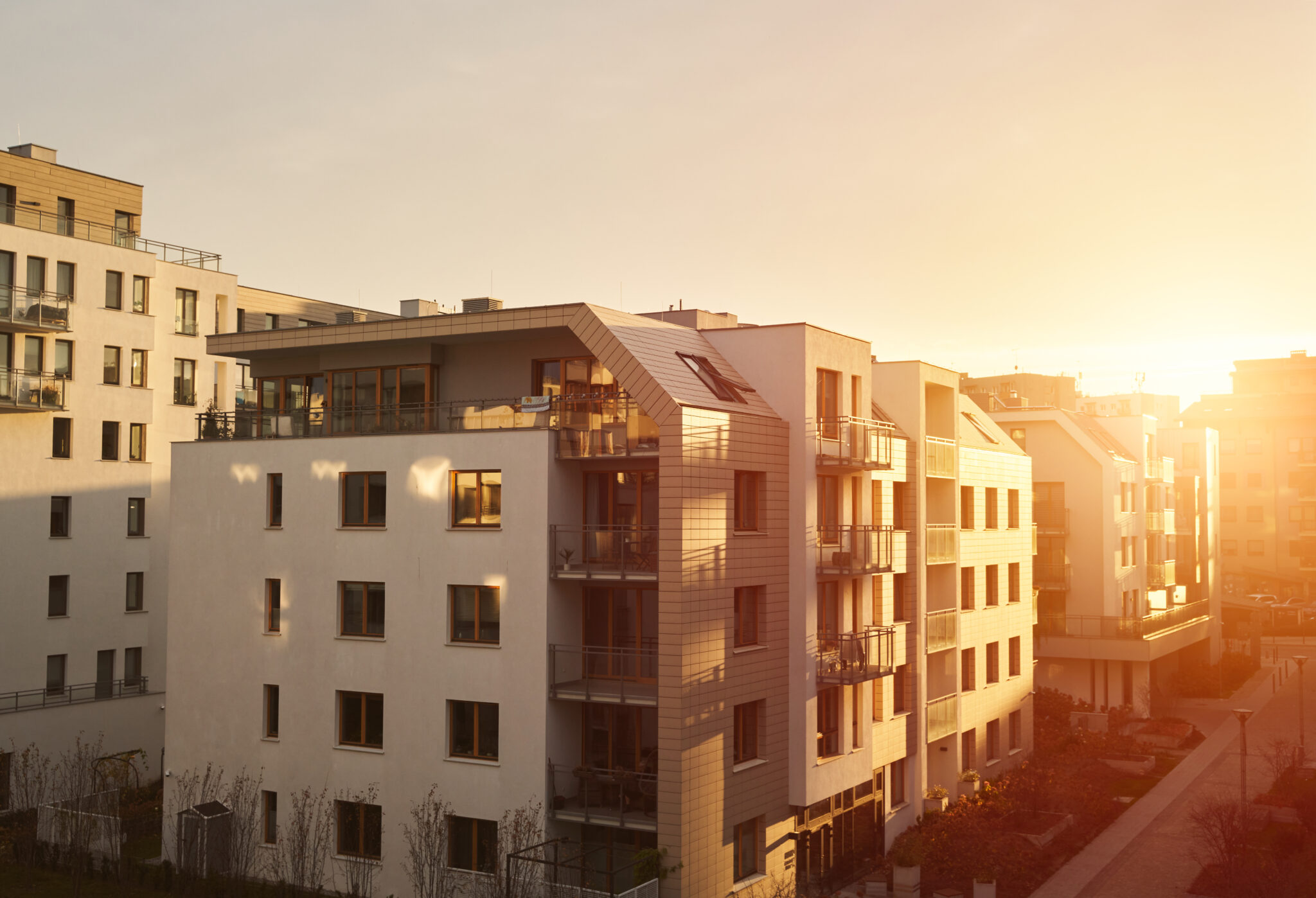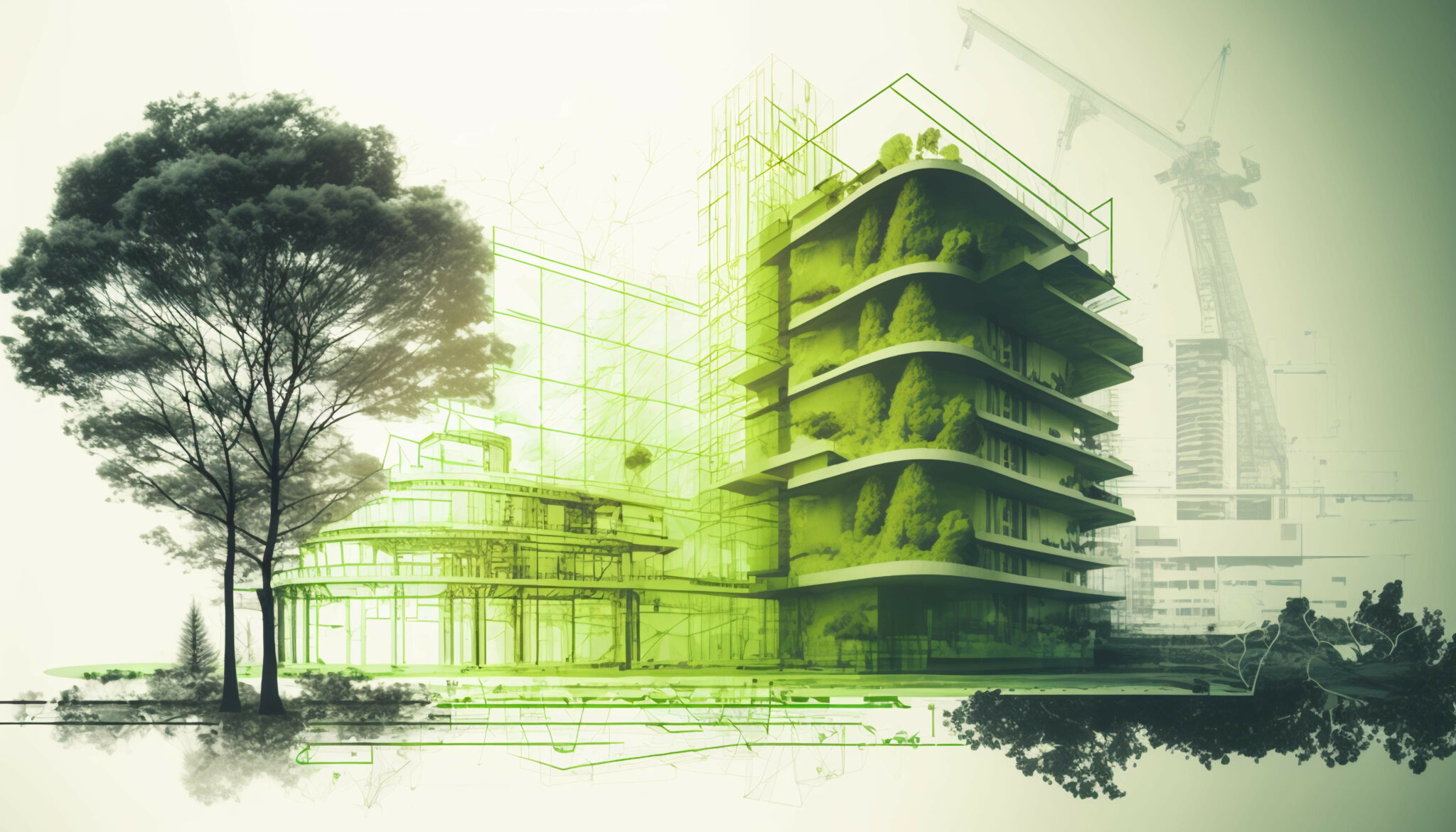When it comes to real estate development, aesthetics are often overlooked in favor of cost-cutting measures. Many developers and investors prioritize the bottom line over the visual appeal of their buildings. As a result, we see countless generic-looking structures that lack character, personality and context. However, it’s important to remember that mindful design and aesthetics can lead to increased development demand, which translates to higher rents and home prices. In this article, we’ll explore ways to enhance aesthetics at the same cost as generic development.
One way to enhance aesthetics while keeping costs low is through variable façade options. This approach involves using the same floor plan for multiple houses, but offering different façade designs, such as a traditional or modern look. This can add variety to a neighborhood and make it feel more unique.
In terms of cost, it is possible to incorporate asymmetrical design elements at no extra cost, as long as the building’s structural integrity is not compromised. For example, some architects use different materials or colors on different sides of a building to create an asymmetrical effect. This can be done without increasing the building’s cost.
